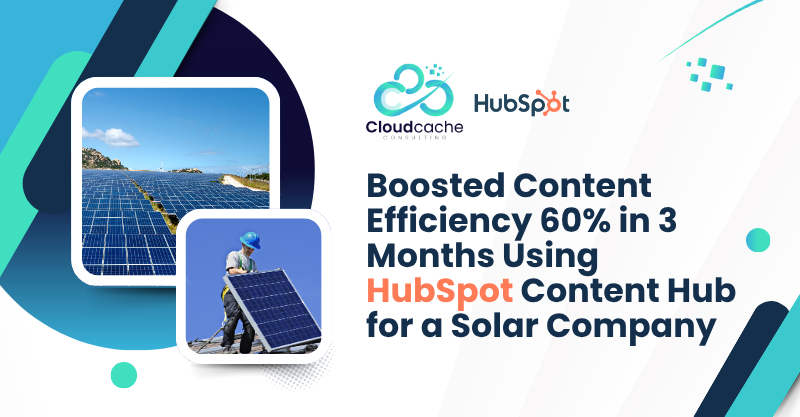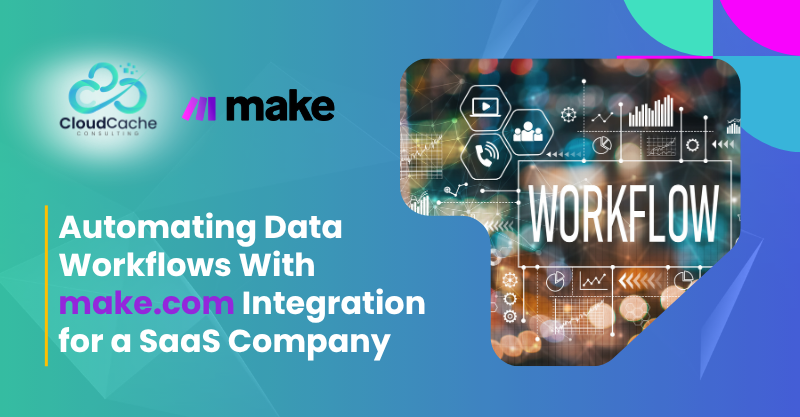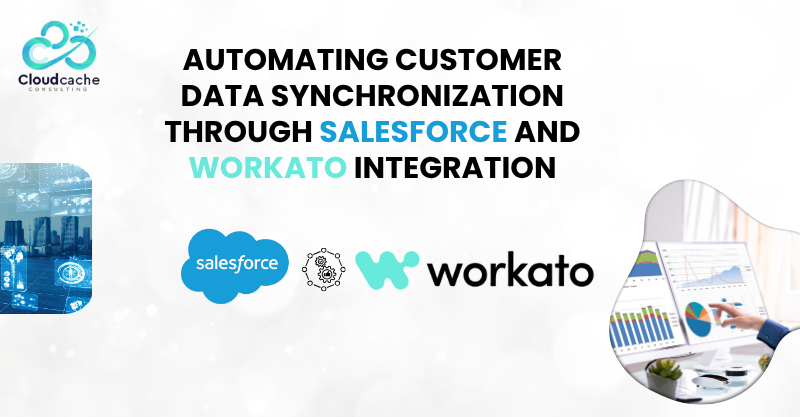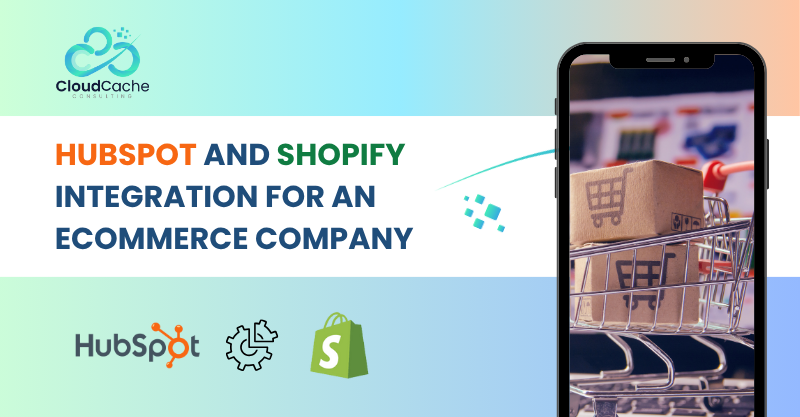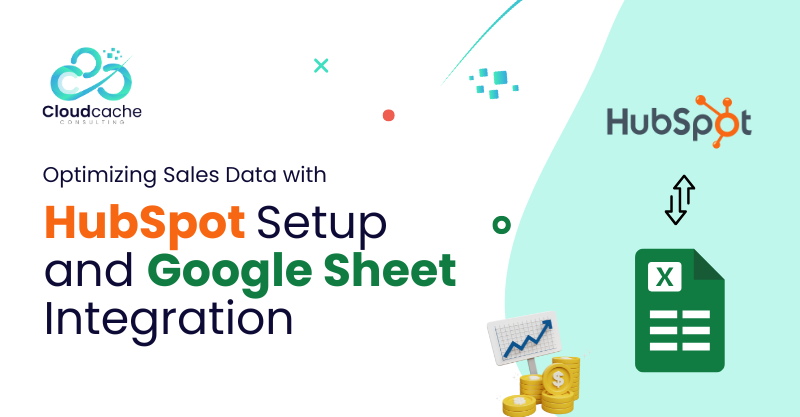
Optimizing Sales Data with HubSpot Setup and Google Sheet Integration
CloudCache Consulting helped a Series B SaaS startup fix their messy sales data and make HubSpot actually work for the team. We integrated google sheet cleaned duplicates, tightened pipeline stages, set up automations for forecasting and reporting, and built role-based dashboards. Reps spent far less time on admin. Leaders started trusting forecasts again. We trained the team and left a simple playbook so good habits stick. The result: clearer numbers, faster deals, and calmer Fridays.
HubSpot Setup Google Sheet Integration
About The Company
Our client is a Series B SaaS company which operates in USA. They develop software solutions such as workflow automation tools for small and mid-sized businesses. The startup had a strong product portfolio and a motivated sales team.
Customer Challenges
Their sales team was good, but their HubSpot had become a tangle of old imports, personal shortcuts, and half-used features. Leadership needed clean numbers and predictable forecasts before the next growth push.
The client wanted to clean up their HubSpot setup, improve data quality, and create reliable sales reports. But several challenges stood in the way:
- HubSpot had duplicate contacts and inconsistent fields. Reports didn’t match reality.
- Reps used different pipeline stages. No one agreed on what “Qualified” meant.
- Manual processes ate sales time. People followed up late or not at all.
- Leadership didn’t trust the forecast. That made planning and investor conversations stressful.
One sales manager put it bluntly: “Every Friday I patched reports instead of coaching the team.” That line shaped our whole approach.
Solutions
They wanted a partner who could roll up custom HubSpot solution for them — not just prettier dashboards.
We spent time with sales, ops, and the people doing the daily work. Then we worked in short cycles: audit, fix, test, teach.
- Data audit & tidy-up : We exported records, found duplicates, and fixed property inconsistencies. We created clear naming rules and validation checks so new records follow the same format. No jargon — just rules the team could follow.
- Pipeline rules that people actually use: We stopped stage-by-stage confusion. Each pipeline stage got a one-line definition and a clear exit action. That made handoffs predictable. Reps could see what to do next without asking.
- Practical automations : We built workflows for lead routing, deal creation, and follow-up nudges. The goal: remove boring work, not add more complexity. Automation handled the repetitive stuff so reps could focus on conversations. We deployed Google sheet and HubSpot integration for data management.
- Dashboards that tell a true story : We created role-based dashboards — one for reps, one for managers, one for execs. Each dashboard answered one question. For managers it was “Are deals moving?” For execs it was “Can we trust this quarter’s forecast?”
- Hands-on training and a one-page playbook: We ran short, live sessions and left a simple playbook. It covered data entry rules, stage definitions, and “what to do when” checklists. The playbook kept the fixes from slipping back into old habits.
Results
Changes showed up fast because we focused on the basics. A few wins stood out:
- The CRM became usable again. Clean records meant cleaner reports.
- Reps cut admin time significantly and had more selling hours.
- Managers could trust pipeline stages and spot real bottlenecks.
- Forecasts felt realistic — and leadership stopped re-checking them every morning.
Technology and Tools Used:
HubSpot, Google Sheet
Final words:
This project showed how the right mix of RevOps strategy and HubSpot expertise can transform a growing company’s sales operations. If you want HubSpot to be a tool that helps your reps' close deals—not a place where work goes to hide—CloudCache Consulting’s HubSpot + RevOps team can help. Want a short call to walk through a quick health check? You can check our customer testimonials on Upwork.
